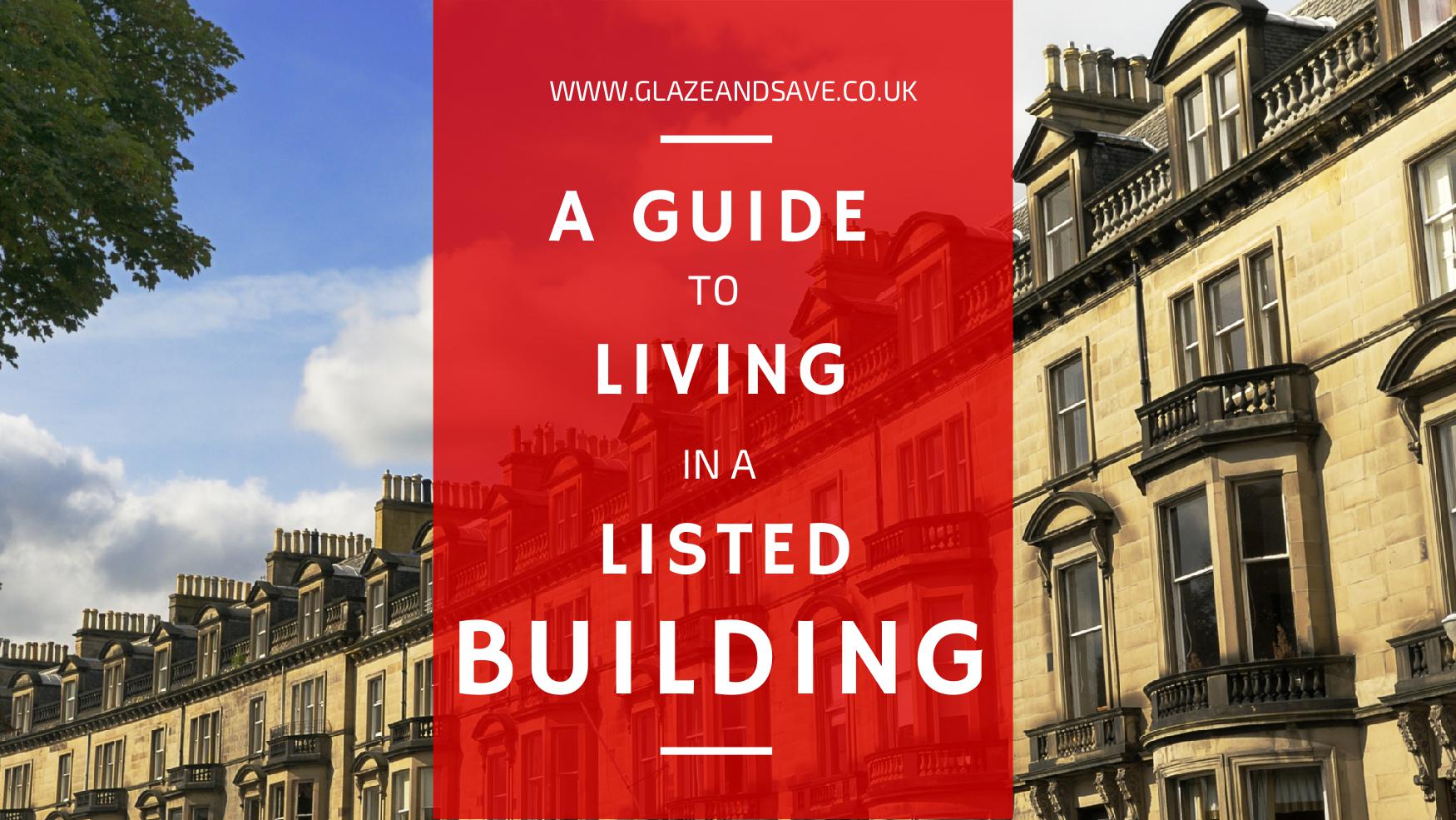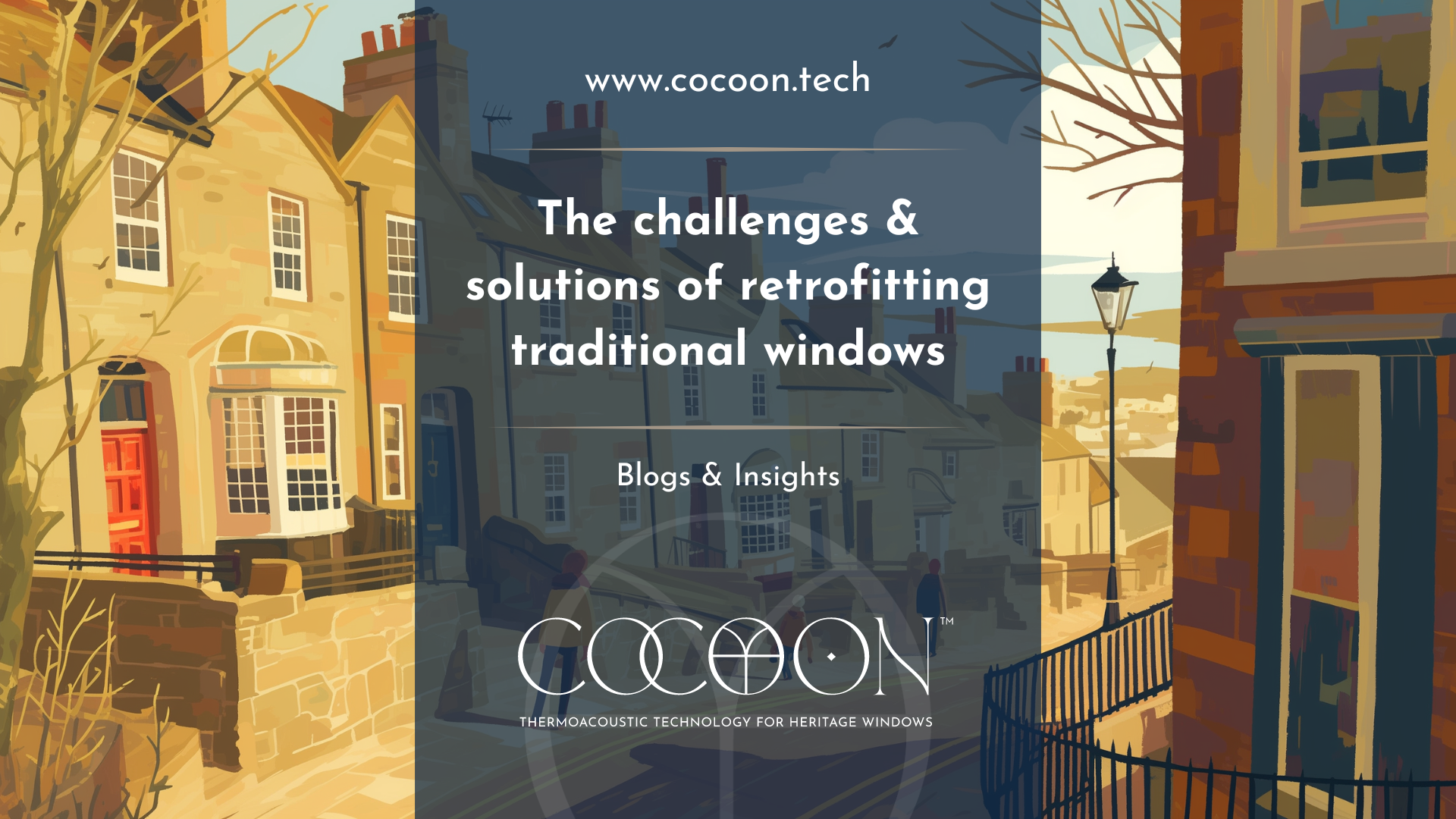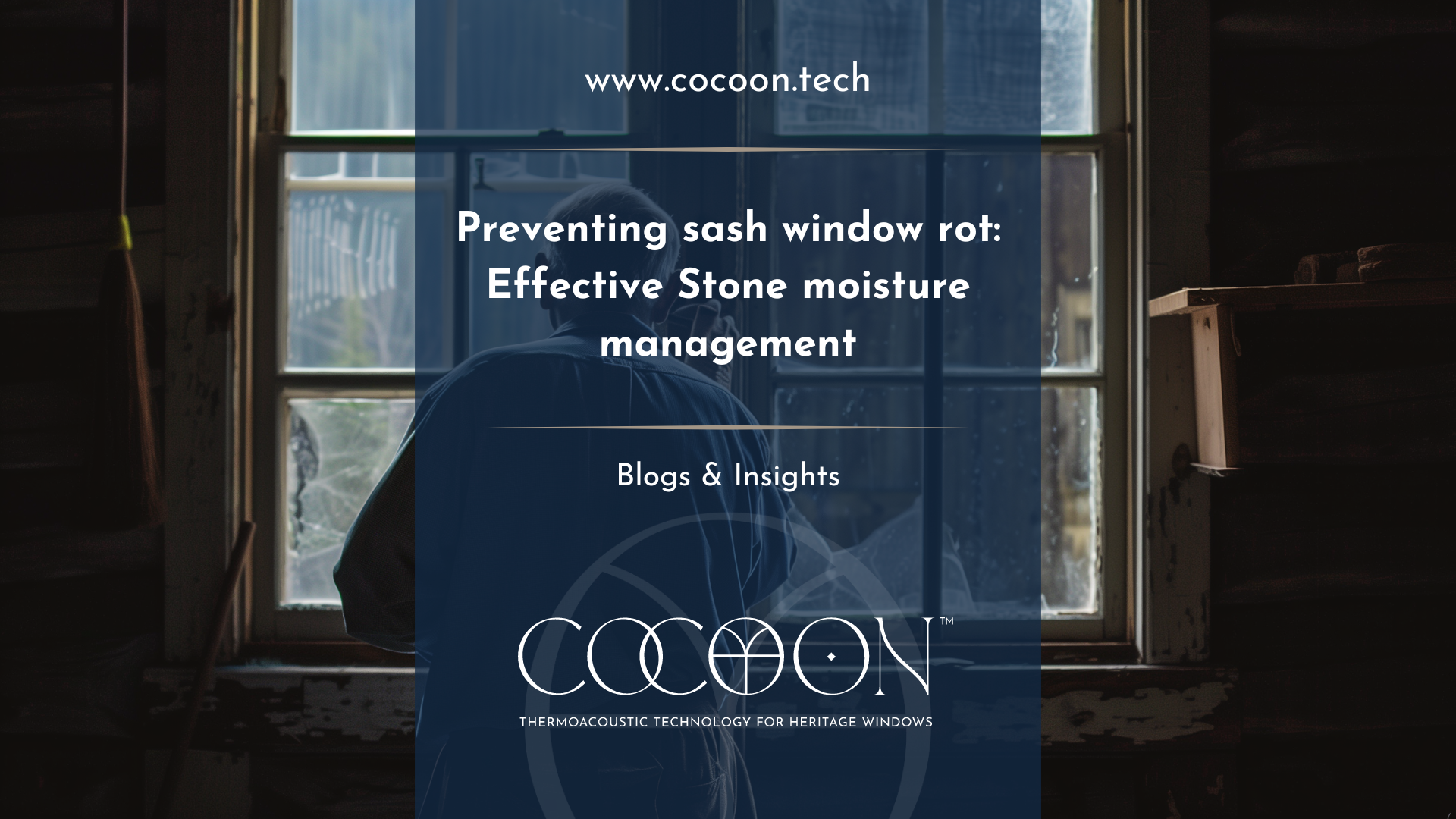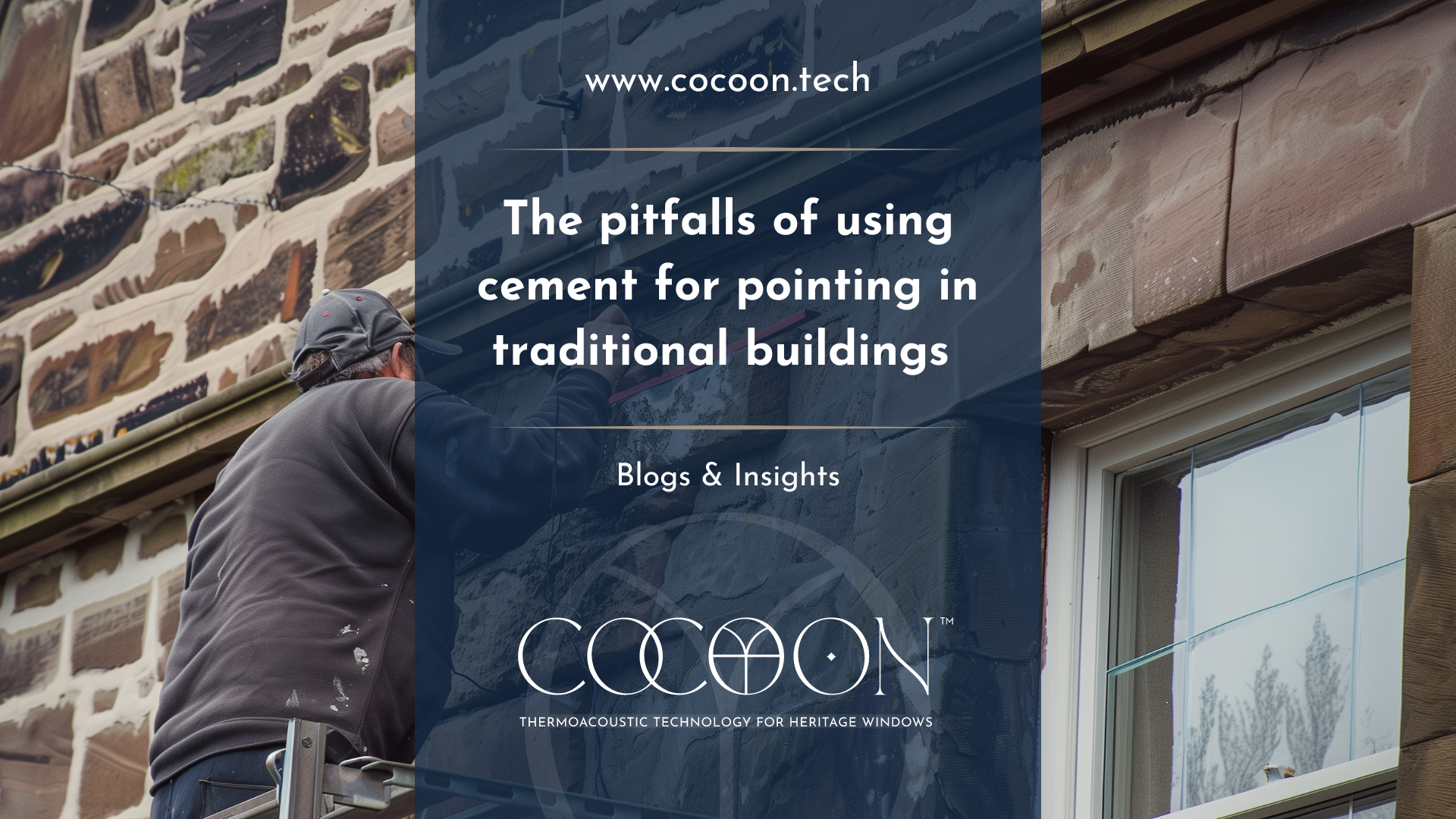A Guide to Living in a Listed Building | Glaze & Save
Listed
buildings are integral to the built heritage of Scotland, and enrich our
villages, towns and cities with their historic significance. This is because,
in order for a building to become listed, it must be of special architectural
or historic interest.
Legal Framework
Listing is carried out under the Planning (Listed Buildings and Conservation Areas) (Scotland) Act 1997, under which a dedicated team researches all designation applications.
Is My Building Listed?
If the building in question is in Scotland you can find out if your building is listed by carrying out a search at Historic Environment Scotland here.
For buildings listed in England and Wales you can search via Historic England.
For buildings is Northern Ireland, you can search via the Department of Communities website.
What does it mean when a building is listed?
To be “listed” a building must be of special architectural, historic or cultural interest. This can include everything from castles to cottages, to the inclusion of Edinburgh’s social housing construction the “Banana Flats” as special architectural interest.
It’s worth bearing in mind that if your building is listed, the whole thing is listed! That means that you’ll need listed building consent to make changes to the building that the local planning authority deems to affect its character.
Changes that local authorities deem to affect a listed building’s character include (but are not limited to):
· Exterior walls, including decorative work;
· Windows and doors;
· Roof;
· External plumbing;
· Basements and cellars;
· Railings, gates and fences;
· Stairways and balconies;
· Interior changes such as chimney breasts, plasterwork, cornicing and flooring;
· In some circumstances it can also include alternations or additions to any gardens or grounds;
· Changes to the fabric and construction of the building in any way.
The extensive restrictions to listed building development are really not there to hinder progress in any way. Rather, it is simply to signify the special interest of the building that should be taken in to consideration as part of the planning process. You will not be asked to undo any work that has taken place prior to the listing of the building.
The Planning Process
Assessment
Your planning authority will consider a planning application on the basis of its own guidelines, national policies and policies set out by Historic Environment Scotland.
Consultation
The planning authority must consult Historic Environment Scotland on certain types of listed building consent applications.
Historic Environment Scotland will provide advice, which the planning authority may or may not choose to take into consideration. However, where a planning authority chooses to grant planning permission in contravention of Historic Environment Scotland’s advice, the Scottish Ministers must be notified of this.
Call In
Scottish Ministers may choose to determine to outcome of a planning application themselves, known as “calling in” a case. This would only be likely to happen where an application raises significant or controversial issues. In these cases, a reporter is appointed and may make the decision to arrange a local public inquiry.
Appeal
You have the right to appeal if:
- your application for listed building consent is refused by the planning authority
- you feel the conditions are unreasonable
Retrofitting Energy Efficiency Measures
Listed and historic buildings need some extra attention when it comes to adding energy efficient improvements, but we could all do with enhancing the efficiency of our homes. By adding improvements to the existing structure and fittings, you can save yourself money as well as saving the planet.
Listed buildings are generally deemed to be hard to treat, and planning controls associated with listed buildings generally create issues in obtaining funding for upgrading schemes. As such, it is important to look into retrofitting measures that work within the planning constraints of your building. Demountable or removable improvements can often be more beneficial and easier to approve in these situations.
Glaze & Save in Listed Buildings
InvisiTherm™
For historic buildings, where the retention of original features and fabric is paramount, secondary glazing such as Glaze & Save InvisiTherm™can allow the original windows to be repaired and retained in their unaltered state; reducing air leakages and heat losses while retaining the historic fabric of the building. With a fully demountable system such as InvisiTherm™, installation is easily reversible and leaves no lasting effects on the original window.
It has been shown through stringent research that heat loss by conduction and radiation through windows can be reduced by over 60% by using secondary glazing. The innovative polycarbonate material that makes InvisiTherm™ boasts reduction in heat loss of up to 63%.
Secondary glazing has suffered from something of a bad reputation in the past. Bulky aluminium frames, heavy glass panels, and ugly intrusive fixtures and fittings rendered secondary glazing the poor relation to double glazing. Glaze & Save InvisiTherm™ changes all of that. Our demountable polycarbonate panels are lightweight and easy to remove, and our innovative magnetic strip ensures that there are no bulky frames and unsightly fittings. Our bespoke systems are virtually invisible once affixed to your window, making them perfect for retaining the charm and beauty of your historic building.
InvisiSeal™
Original sash windows helped a home to breathe, but they were not meant to be draughty. As time passes the wood of the sash window becomes warped, leading to gaps of up to a combined ten inches squared! Draught-proofing is therefore one of the easiest and most efficient ways to increase the energy efficiency of your home.
This can involve the use of brush strips fitted to parting beads, baton rods and meeting rails, and can also involve routing out new units or brand new beading. Glaze & Save InvisiSeal™ is another option: an innovative homogenous silicone that seals the draughty areas of your windows and doors before discretely drying like rubber.
Draught-proofing wont decrease the U value of your windows; however it will seal off some of the air flow in your home, allowing you to reduce your energy consumption and enjoy a less draughty house.
Glaze & Save InvisiTherm™ and InvisiSeal™ are both approved for installation in listed buildings in Scotland. InvisiTherm™ is completely demountable, reversible and virtually invisible bespoke magnetic secondary glazing that will not affect the aesthetics of your home. InvisiSeal™ is innovative liquid silicone draught proofing that is completely non-invasive and virtually invisible. Contact us hereto arrange your free no obligation survey (domestic surveys only available in Scotland).




















